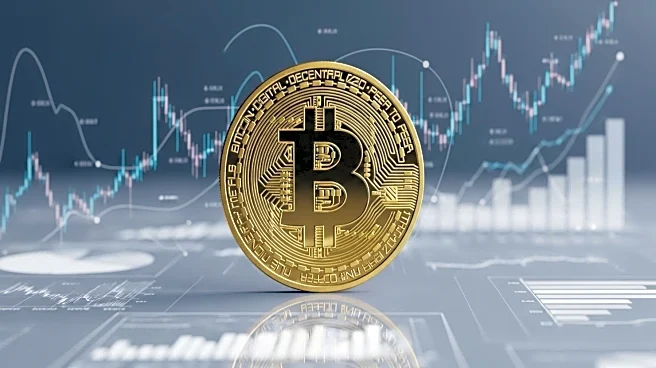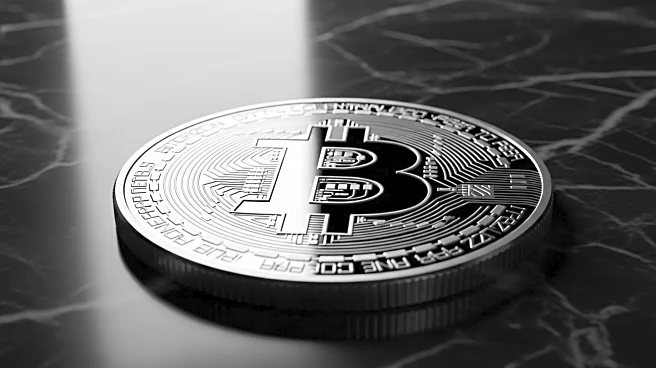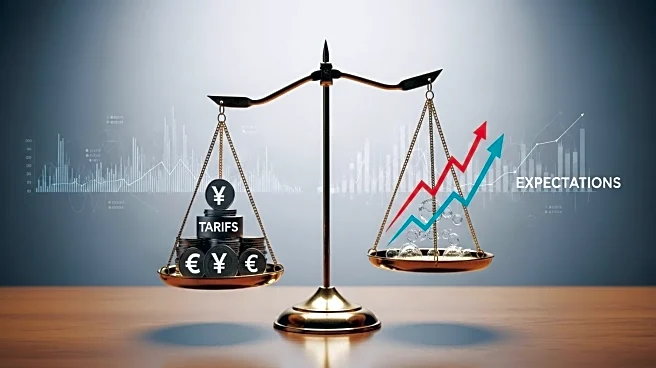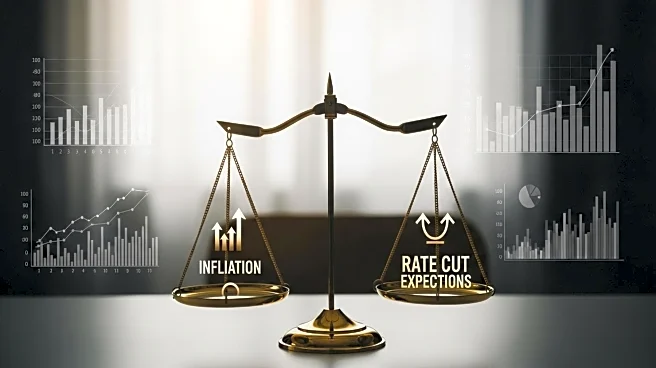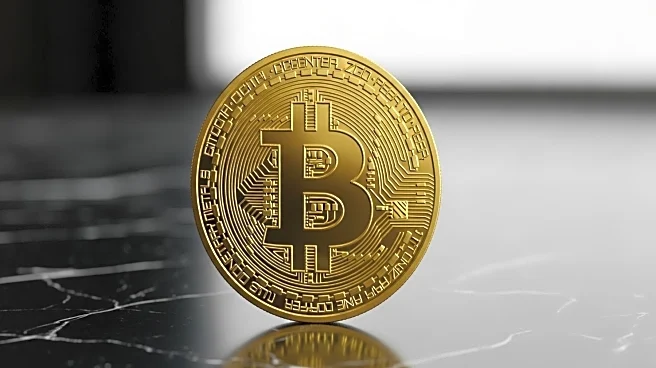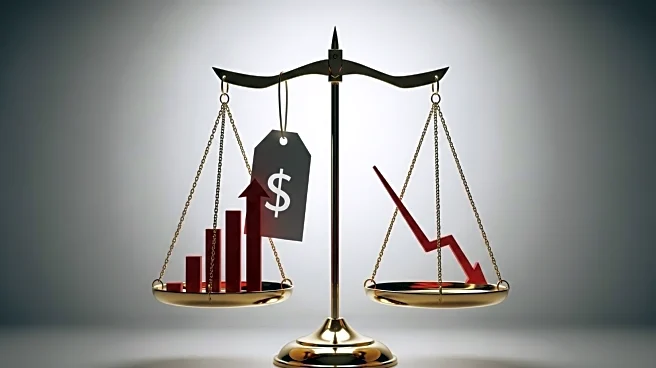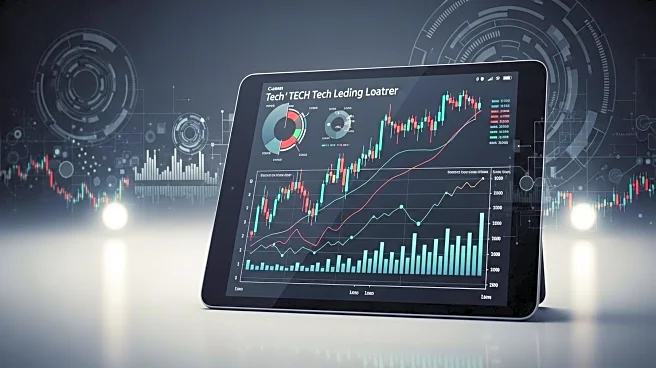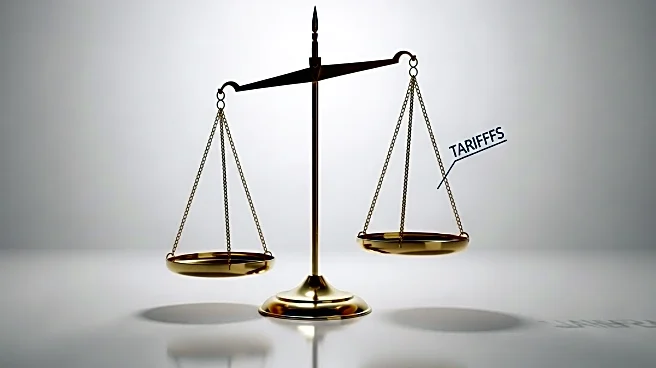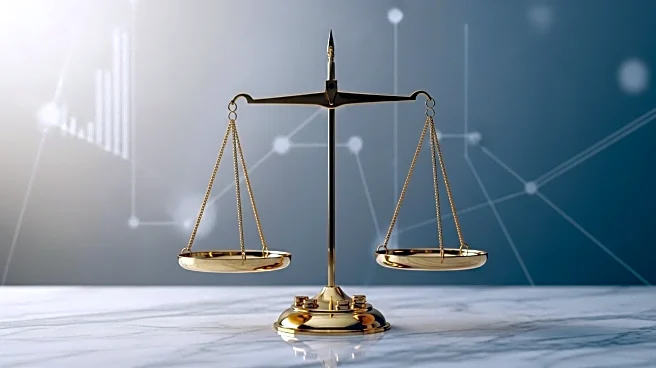What's Happening?
Bitcoin's potential as an inflation hedge is being closely examined as the Federal Reserve prepares for its September 2025 decision. July's PCE data showed core inflation at 2.9% year-over-year, the highest since February, while headline inflation remained at 2.6%. This situation presents a challenge for the Fed, balancing inflation control with a slowing labor market. Bitcoin's performance has been mixed, with volatility increasing ahead of the PCE report. The cryptocurrency's appeal as a store of value may be influenced by potential rate cuts, but persistent inflation could test its efficacy as a hedge.
Why It's Important?
Bitcoin's role in investment portfolios is evolving, with its potential as an inflation hedge gaining attention amid macroeconomic shifts. The Fed's policy decisions will impact Bitcoin's value, as rate cuts could enhance its appeal, while prolonged inflationary pressures may challenge its hedging narrative. Investors must consider Bitcoin's volatility and its sensitivity to Fed communication when making strategic decisions. The cryptocurrency's institutional adoption and its response to global monetary policy will shape its future role in diversified portfolios.
What's Next?
The Fed's September meeting will be pivotal for Bitcoin's trajectory. A rate cut could boost Bitcoin's value, while a hawkish stance may lead to a sell-off. Investors should monitor the Fed's guidance and global economic conditions to assess Bitcoin's potential as an inflation hedge. The cryptocurrency's price movements will be influenced by macroeconomic factors, requiring careful consideration of its role in investment strategies.
